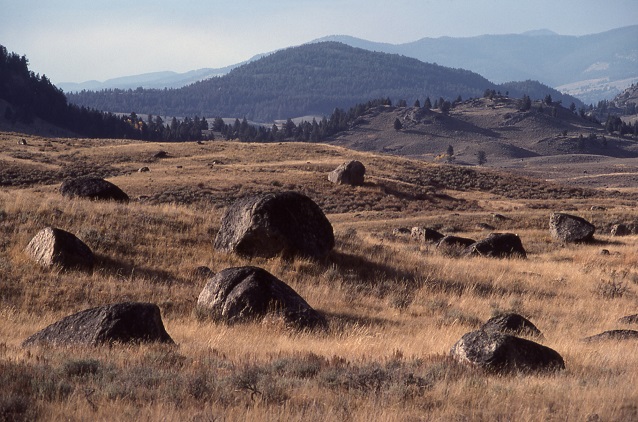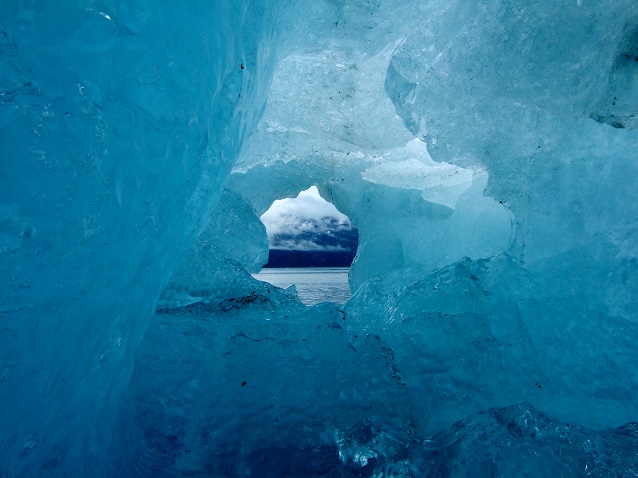Glacier Landforms and Past Climate

NPS Photo/J Scmidt
We can tell where glaciers were a long time ago by looking for glacial landforms and features.
Today, visitors can see evidence of ancient glaciers in National Parks across the country, including Acadia (Maine), Voyaguers (Minnesota), Yellowstone (Wyoming/Montana), and Yosemite (California).
You can learn about these glacial landforms and features and discover which parks have them here.
Glacier Ice and Past Climate

NPS Photo
Glacier ice can be used to understand past climates.
Some of our world’s glaciers have been around for hundreds of thousands of years! This gives us a good understanding of what the climate might have been like when that ancient ice was forming:
(1) Air bubbles locked tightly within this ancient ice can be assessed to determine how much carbon used to be in the atmosphere.
(2) Additionally, analyzing the oxygen isotopes in the ice crystals can give scientists an idea of how much of the world’s surface water was locked up in glaciers vs. liquid water long ago.
To learn more about glaciers, glacier features, and glacial landforms, see the Glaciers & Glacial Landforms page.
Last updated: February 9, 2018
